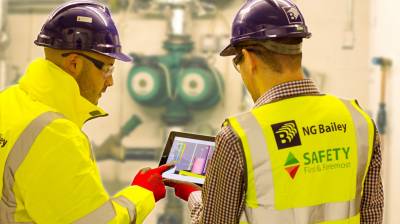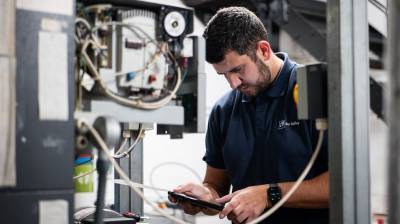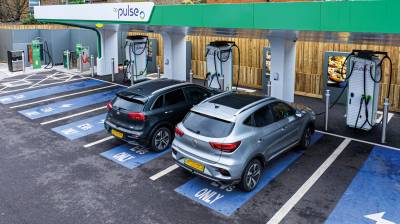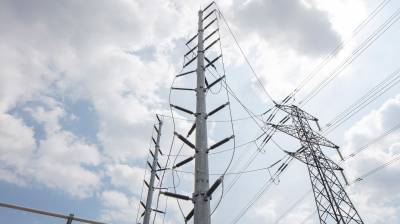19 Jun 2025
How to integrate EV infrastructure into your smart building strategy
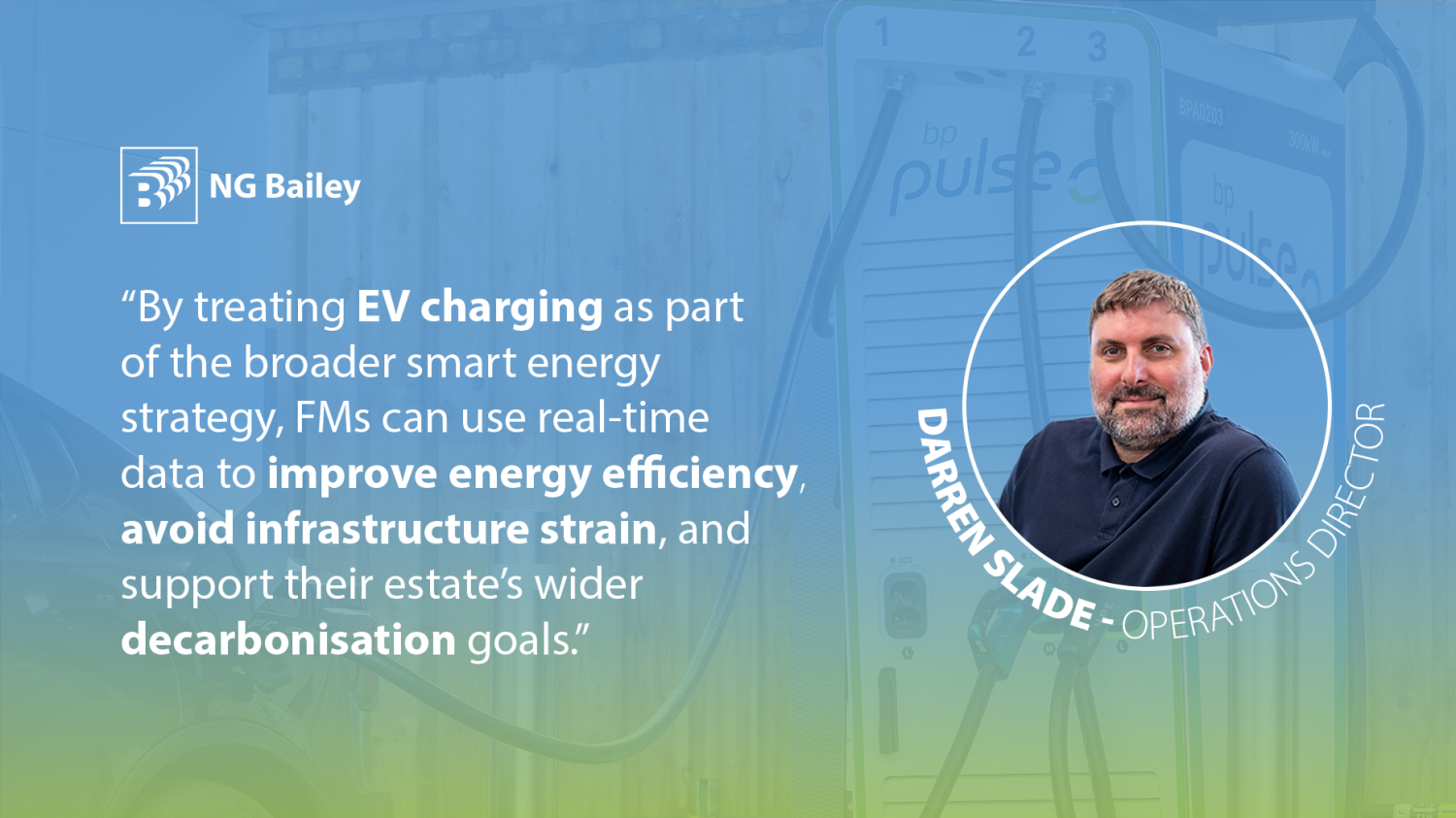
Darren Slade, Operations Director for NG Bailey’s Electric Vehicle Infrastructure Team, outlines how to best integrate EV infrastructure into smart building strategies.
As the demand for EV charging accelerates, the role of EV infrastructure is evolving from a standalone service to a critical component of intelligent building design. For facility managers, it’s imperative that any EV installation is planned to seamlessly integrate into your overall building design, as poorly planned EV deployment can disrupt building operations, risk overloading circuits or trigger costly grid upgrades.
Here’s the steps FMs should take when integrating EV seamlessly into pre-existing infrastructure, so they can best serve their wider energy strategy and net zero goals.
Use smart building systems to monitor and manage EV load
To get the full benefit of EV, the process goes far beyond just installing the charging points. To maximise the value of EV infrastructure, facilities managers need to think beyond the hardware. By integrating EV charging into preexisting smart systems, you can align charging activities with broader energy efficiency goals, and support your organisation’s net-zero strategy, not hinder it.
Smart building systems can provide essential data for understanding the energy usage on your site, including how, when and where energy is used. Understanding this data lays the foundation for dynamic load management, which allows FMs to balance the expenditure of EV charging with other building demands in real time. Without understanding this, FMs risk overloading the circuit or triggering expensive upgrades with their local distribution network operator (DNO).
Setting your EV infrastructure up in the right way is essential to future proofing your investment. Hypothetically, EV infrastructure could even act as energy storage, and with the right set up, redistribute energy back to the building during peak times to reduce reliance on the local grid.
Crucially, accurate energy profiling helps companies get the most out of their EV investment and make advanced steps towards net zero goals, without compromising on performance elsewhere.
Enable interoperability and smart charging with open standards
For facilities managers looking to elevate their EV infrastructure, the latest version of the Open Charge Point Protocol (OCPP 2.1) represents a major step forward. Designed for intelligent, data-driven management of EV chargers, it offers enhanced control, real-time monitoring and better integration with smart buildings.
OCPP 2.1 allows facilities managers to remotely manage charging stations across multiple sites, and dynamically adjust power output based on building load, time of day, or renewable energy availability. This level of flexibility and availability of data is valuable for FMs overseeing large, or multiple estates where load balancing and cost control are critical.
Also useful is the opportunity for smart diagnostics. This can push out alerts for maintenance issues or repair needs before the issue escalates, ensuring nothing gets missed and helping to reduce costly repairs down the line. By investing in EV infrastructure that is built on OCPP 2.1, FMs gain an intelligent toolset that works harmoniously with their smart building systems, minimising operational disruption and supporting wider sustainability goals.
Continuously optimise with usage and energy data
Once you have EV infrastructure that is linked to your wider smart building strategy, and is operating off OCPP 2.1, maintaining and continuous optimisation is key for maintaining efficiency, reliability and sustainability.
By leveraging real time data and advanced analytics, facilities managers are afforded the luxury of options when it comes to managing the logistics of electric charging fleets. The accessibility and abundance of data means FM’s can make strategic, evidence-based decisions around their EV systems, rather than acting on assumption. This freedom has the power to lower operational costs and supports broader decarbonisation targets.
Over time, ongoing data collection will support predictive maintenance, reveal user charging patterns, and can provide a solid foundation for scaling EV infrastructure based on actual demand, rather than assumptions.
Integrating EV infrastructure into a property is about far more than simply installing charge points, at least, not if you want to maximise your return on investment.
While developments like OCPP 2.1 offer powerful tools for automation and control, it’s up to facilities managers to harness these capabilities effectively. The key to long-term success lies in early, strategic investment in the wider EV ecosystem and ensuring it aligns with your existing smart building systems. By treating EV charging as part of the broader smart energy strategy and not a standalone feature, FMs can use real-time data to improve energy efficiency, avoid infrastructure strain, and support their estate’s wider decarbonisation goals.
Originally featured in Facilitate Magazine.



